Senate Hearing 25th Anniversary
July 29, 2016 10:57 AM
Celebrating the 25th Anniversary of "Forever Young: Music and Aging"
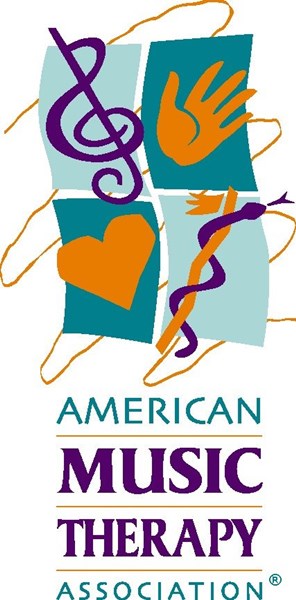 On August 1, 1991, the National Association for Music Therapy (NAMT) — one of the two music therapy organizations that merged in 1997 to form the American Music Therapy Association (AMTA) — seized the opportunity to help structure and provide testimony at a hearing before the U.S. Senate Special Committee on Aging. This hearing was arguably one of the most significant events in the history of our profession, providing both the foundation for and launch of future recognition and advocacy efforts at the state and federal level.
On August 1, 1991, the National Association for Music Therapy (NAMT) — one of the two music therapy organizations that merged in 1997 to form the American Music Therapy Association (AMTA) — seized the opportunity to help structure and provide testimony at a hearing before the U.S. Senate Special Committee on Aging. This hearing was arguably one of the most significant events in the history of our profession, providing both the foundation for and launch of future recognition and advocacy efforts at the state and federal level.
The hearing included testimony by music therapists, musicians, physicians, legislators, and clients in support of music therapy. In addition, a public relations and marketing campaign was organized to respond to press inquiries and coordinate the development of information packets and submission of witness testimony.
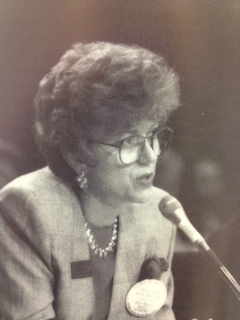 The hearing was organized by association leaders and staff, primarily, Cathy Knoll, Bryan Hunter, Barb Crowe, Al Bumanis (having just joined the staff), Judy Kaplan, Jane Creagan, and many others. (Executive Director, Dr. Andi Farbman, was in the background providing direction, having just given birth to her daughter.) Of the ten witnesses who testified, Music therapist, Dr. Alicia Clair represented music therapists and “did us proud.” Three other music therapists submitted written testimony for the hearing record: Dr. Michael Thaut, Dr. Suzanne Hanser, and Barbara Crowe. Dr. Connie Tomaino assisted with the testimony of Dr. Oliver Sacks who was one of ten witnesses. And, of course, who could forget the testimony of Mickey Hart, drummer from The Grateful Dead.
The hearing was organized by association leaders and staff, primarily, Cathy Knoll, Bryan Hunter, Barb Crowe, Al Bumanis (having just joined the staff), Judy Kaplan, Jane Creagan, and many others. (Executive Director, Dr. Andi Farbman, was in the background providing direction, having just given birth to her daughter.) Of the ten witnesses who testified, Music therapist, Dr. Alicia Clair represented music therapists and “did us proud.” Three other music therapists submitted written testimony for the hearing record: Dr. Michael Thaut, Dr. Suzanne Hanser, and Barbara Crowe. Dr. Connie Tomaino assisted with the testimony of Dr. Oliver Sacks who was one of ten witnesses. And, of course, who could forget the testimony of Mickey Hart, drummer from The Grateful Dead.
Other witnesses included: Ida Goldman, Lois Johnson, Theodore Bikel, Jerry Lorance, William Chase, Mathew Lee, and Frank Wilson. Though the panelists were impressive, the most exciting and unique feature, hands down, was the extraordinary improvisational music created by our very own Ken Medema, who made history by using music to interpret and highlight the many important comments of the witnesses and Senators. Not only was the hearing the first to be broadcast via satellite, but the use of music during the hearing was astonishing. Ken’s music embodied the message imparted to members of the U.S. Senate!
Older Americans Act Inclusion
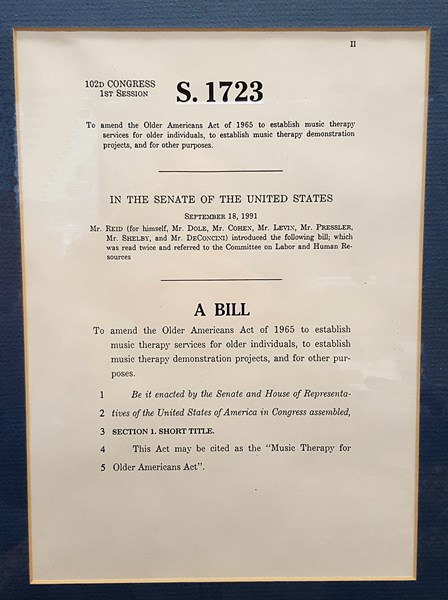
Senator Harry Reid, who presided over the hearing because Senator David Pryor was recuperating from a heart attack in his home state of Arkansas, was so enthusiastic following the hearing that he called hearing operatives to his office and insisted that legislation be written for him to incorporate into the Older Americans Act. So, barely a month later, on September 18, 1991, Senator Reid introduced the “Music Therapy for Older Americans Act,” S. 1723, to “amend the Older Americans Act to define music therapy both as a supportive service and a preventive health service. The bill would also authorize funding for music therapy research and demonstration projects, as well as education, training and information dissemination.” Most of what Senator Reid proposed became law in 1992 as part of the Older Americans Act (OAA) and eventually resulted in appropriations of $850,000 because of advocacy efforts. Many of these provisions are still alive and well as part of the OAA.
We owe a debt of gratitude to the many music therapists and others who made this a reality. It is really quite remarkable to think about the commitment and dedication of members and staff; AND that many of those individuals are still actively advocating for music therapy twenty-five years later. Alicia Clair and Bryan Hunter remain active and contributing board members today, and Al Bumanis is celebrating twenty-five years as AMTA’s trusted Director of Communications and Conferences. Cathy Knoll and her son Dwight - who also gave up his summer as a child to help his mom work on the Senate Hearing — continue to work for music therapy as AMTA’s podcast and E-course consultants!
To end the Hearing, Senator Reid invited Ken Medema to again perform, stating “I believe this is the first hearing in U.S. Senate history to conclude with a musical coda.”
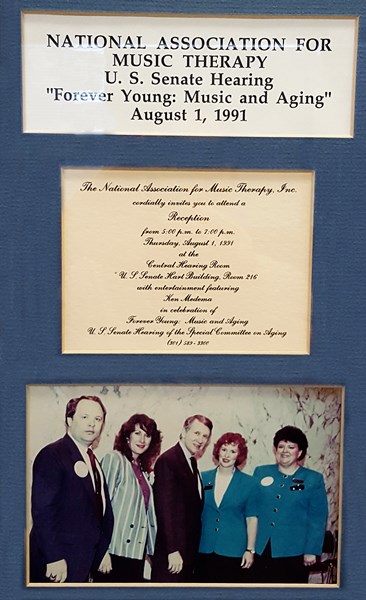 What follows are the lyrics from the song Ken improvised on the spot after listening to all the testimonies:
What follows are the lyrics from the song Ken improvised on the spot after listening to all the testimonies:
I’m growing old and help me stay young.
Let the music be played.
Let the songs now be sung.
Back in Indiana,
We never really did know,
There were folks like music therapists, round,
Such a thing to learn today.
I had a stroke.
Look at me now.
I learned to play the music somehow.
Whoever thought we’d see it,
In the halls of Congress today,
There is music playing and songs being sung,
It must be the start of something brand new,
So I’m growing old
Help me stay
Forever Young.
[Ken Medema]
Lasting Impact
In the long-term, the 1991 Senate hearing launched governmental recognition of music therapy on the federal level, most notably through inclusion in Medicare reimbursement for Partial Hospitalization Programs. Through the advocacy efforts of AMTA, this accomplishment has led to further recognition of music therapy by the Centers for Medicare and Medicaid Services in other treatment settings. This progress has impacted advocacy success on the state level as well, with the implementation of the collaborative AMTA and CBMT State Recognition Operational Plan.
We invite you to watch highlights from the hearing in the video above and to read the thoughts from some of those who participated in Forever Young, the 1991 Senate hearing on music and aging.
Kudos and much gratitude to all who made the hearing a resounding success and continue to advocate for the music therapy profession.
Memories of the Event
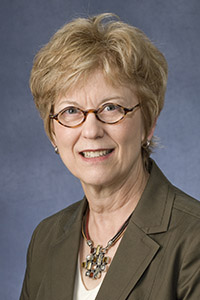
Dr. Alicia Clair
“I was terrified of the huge responsibility that was placed before me as I would be the only music therapist to provide testimony at this national event. Had I known what kind of launching pad this was to be for music therapy, I still would have said “yes” to giving my four minutes of testimony.
I gave an interview on Nightline, which was much more difficult than the Senate Hearing. It was a challenge to listen to the questions being asked and then to figure out how to segue music therapy comments into the conversation so that I could ‘drop the load.’
I believe that Andi’s strong leadership abilities to carry the team through the planning and implementation were instrumental in the success of the Hearing. It was a great experience.”
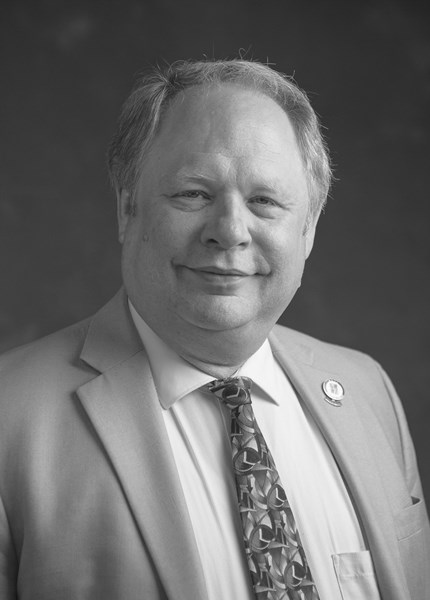 Dr. Bryan Hunter
Dr. Bryan Hunter
“I was serving as the acting Executive Director of NAMT as Dr. Farbman was on maternity leave. It was supposed to be a very quiet summer. I remember clearly that Dr. Andi Farbman exclaimed that in the next five years the best thing she could have hoped for was to get a music therapist as an expert witness on someone else’s panel in a hearing on the Hill and that she could not believe that the opportunity was being presented to participate in a hearing just on music.
I remember asking the Board for $50,000 without being able to identify exactly how it would be spent. The Board agreed on the amount and I saw that as an example of extraordinary trust in the context of the operation of the association and the future of our profession.
From a historical perspective, I see the music therapy profession as having come of age in this country on August 1, 1991. Every national news outlet broadcast the hearing and the nation heard about music therapy at that time and for years after.”
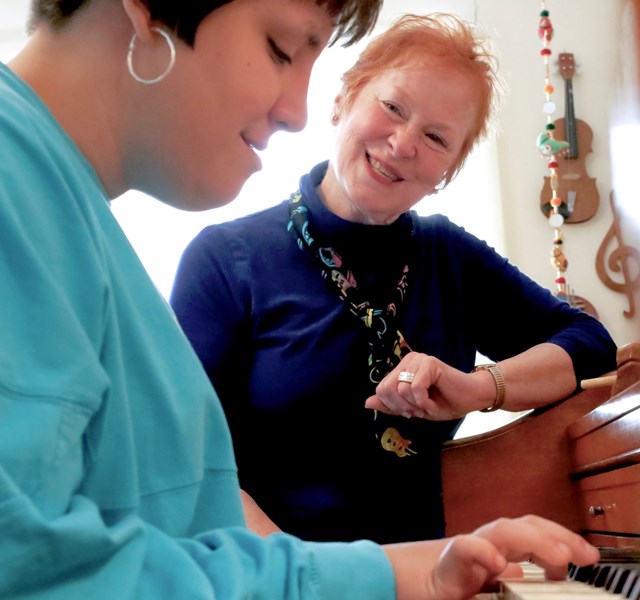 Cathy Knoll
Cathy Knoll
“Looking back, I remember that when NAMT received a call in June, 1991 from the U.S. Senate Special Committee on Aging about interest in a Senate Hearing about music for older people, only one person in the world of music therapy - our Executive Director, Dr. Andi Farbman - was an expert on the ins and outs of the U.S. Senate and their hearings.
Since Andi was expecting a baby just two weeks later, she gathered some of us around and, in three hours, gave us a detailed “to-do” list. Without missing a beat, the next day we began meeting with key players, and, before we knew it, were in the position of gathering witnesses, writing testimony, and making arrangements for nearly every aspect of the August 1, 1991 hearing. All that time, I was following that checklist Andi gave us and, in reality, I was simply pretending like I knew what I was doing.
Now that we are in 2016, the on-going impact of that 1991 U.S. Senate Hearing is still growing and readily evident in the profession of music therapy. My thanks to all involved, now and then.”
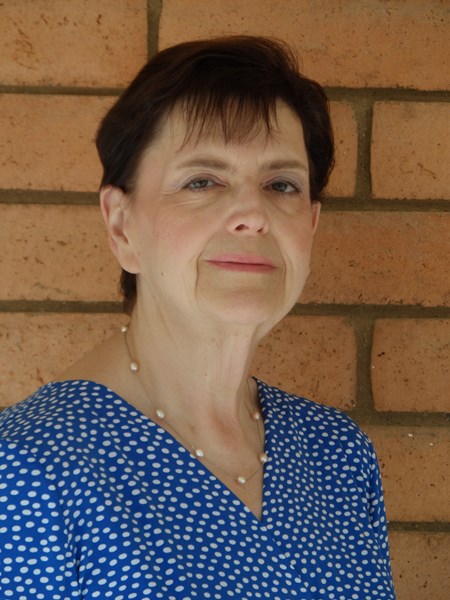 Barbara Crowe
Barbara Crowe
There are so many outstanding memories from the Senate Hearing. Perhaps my most unique is picking Oliver Sacks up at the airport in a limousine and briefing him on the Hearing and what NAMT was trying to accomplish. I was leaning over the front seat talking to Dr. Sacks while the driver kept staring at us, not watching the road at all. At one point I think he realized who I was talking to and knew he was famous. He got very flustered.
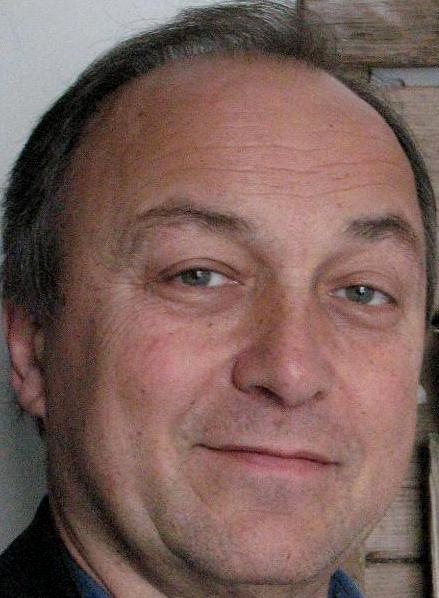 Paul Nolan
Paul Nolan
I had good memories reading the tribute to the Forever Young Hearing. It was a day I'll never forget. One personal benefit is that my mother - in - law and a friend from high school saw me on C-Span playing piano with Dr Chase on violin. I remember that he switched from one tune to another randomly, (mid tune!) which made it tough to stay with him. The good news is what was shown on television was, if I remember correctly, "Turkey In The Straw" which hung together enough for a clap - along response from those present in the room. I received a "thank you" certificate from president Crowe for the accompaniment.
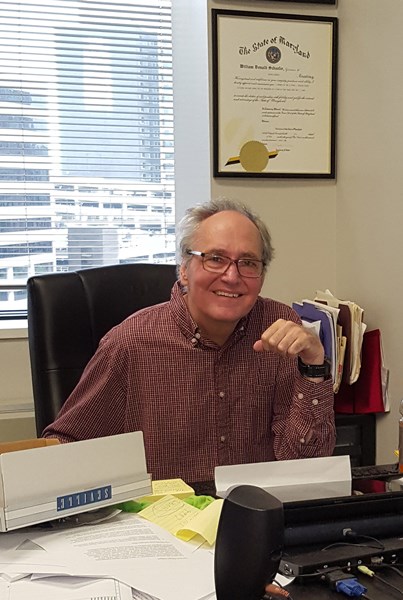
Al Bumanis
“I had literally just been hired at NAMT to plan conferences and handle public relations when the work and preparation began for the Senate Hearing.
I remember the teamwork, the effort, and the passion demonstrated by those who organized the music therapy component of the hearing.
I do not think that any other group besides music therapists could have pulled this off in four to five short weeks.”
See also:
http://www.musictherapy.org/20th_anniversary_of_senate_hearing/
Music Therapy Perspectives, Volume Ten, Issue 1, 1992 for Senate Hearing Highlights.
Back